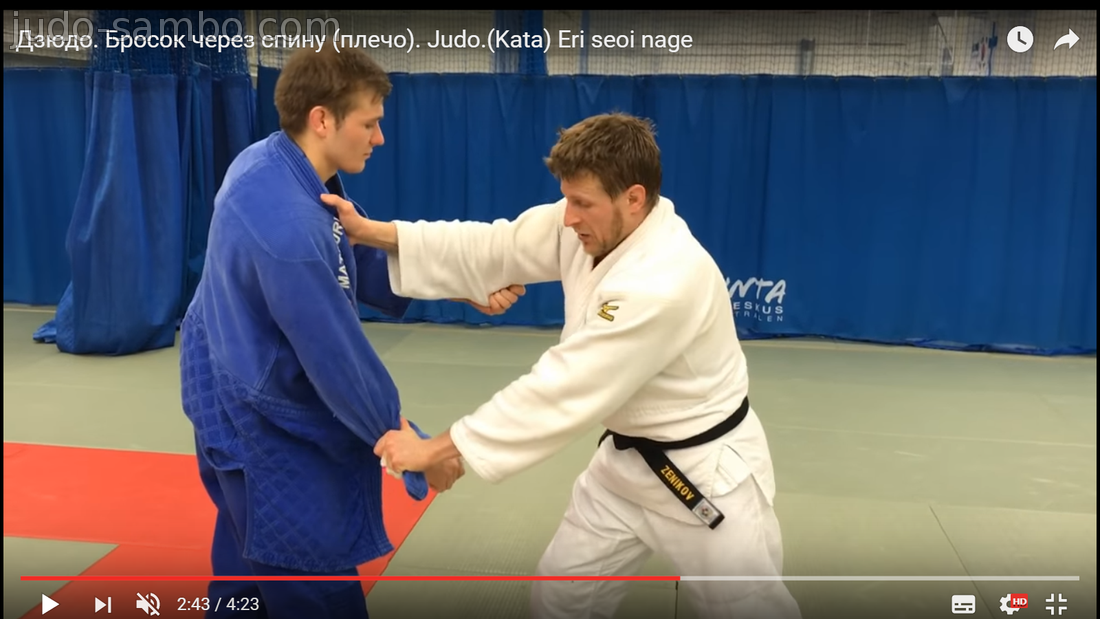drop bear
Sr. Grandmaster
By the way I would need a BJJ guy in order to test my face stomp theory. I would have to blindside him with it because if I let him know, then he'll either be prepared to defend against it. I wouldn't actually stomp on his face. I just need to be able to get it a position that would either allow me to stomp or stand on his face. Being that I haven't tried the face stomp, at this point it's a theory. The rest however, I'm sure of.
The other thing we have to be mindful of is not to mix. Self-defense with Sports. We have already gone back and forth in context of that. In either self-defense or sports, my goal would be the same. Establish a good stance or give it up and go with the flow. This is something that I've learned from doing joint locks where, fighting the lock can cause more damage than going with the flow and countering the lock.
There is no sport or self defence distinction though. There is really only specific distinctions.
So you need to find a specific difference.
Eg. A mat will probably make a slam defence to a jump guard a bit less effective than a gutter. That isn't really street or sport. It is just two different environments p.


